The original stands would have been nailed down, but with my shop's concrete floor I resorted to weights to keep the stands steady.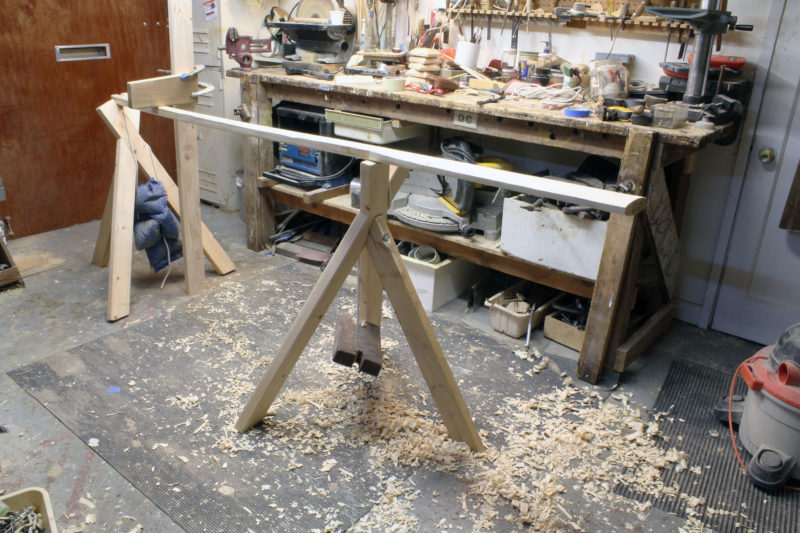 Photographs by the author
Photographs by the author
Join The Conversation
We welcome your comments about this article. If you’d like to include a photo or a video with your comment, please email the file or link.

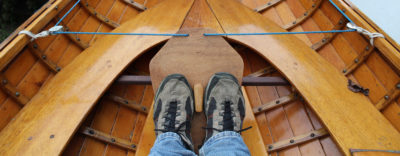
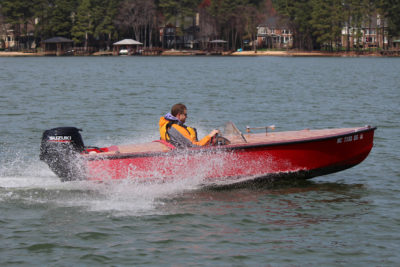
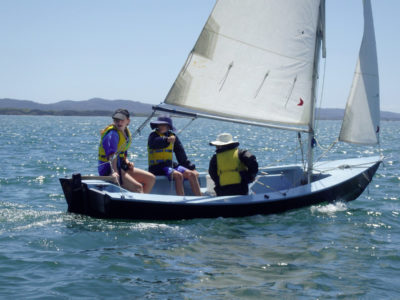
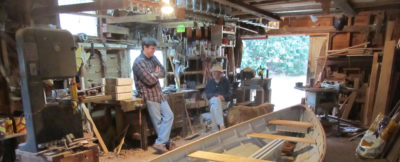
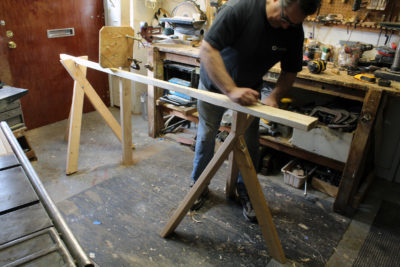

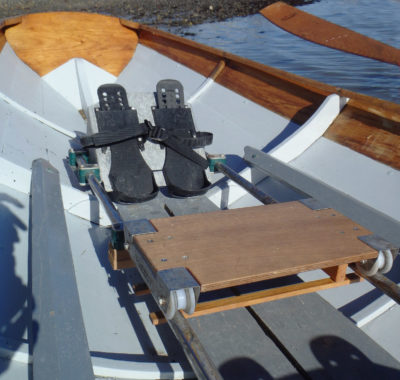
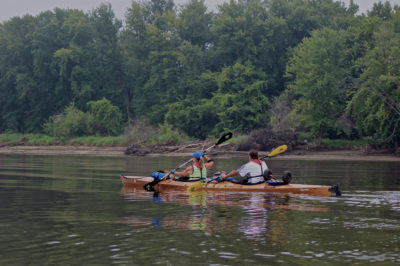
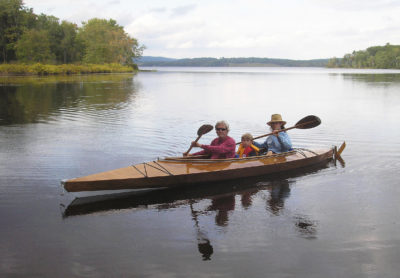
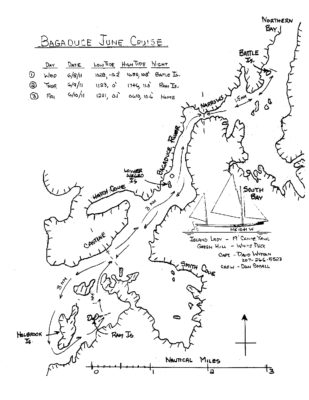
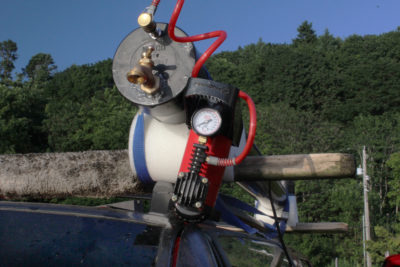

Chris, I have often thought myself fortunate to have a couple of purpose-built spar and oar-making benches in my workshop, but your Eton Oar Stands show me just what I have been missing. Experience and leather-clad V-blocks have allowed me to perfect my clamping system, but those stands look to be miles better. Thanks very much indeed for the insight. A set will be gracing my shop very soon.
I like this system and I think it is very effective. I’ve always had the problem of wasting time fixing the oars to be processed. I currently use a wall-mounted clamp on a turntable. I will still study the system presented in the article and maybe I will make useful suggestions. Thank you.
What a great find, Chris! I have only a few more set of oars and spars left in me, but this is so simple to make I have to have one. Thanks for your generosity in publishing your version of this very practical addition to a workshop. There will be many others out there who will not believe their luck when they clap eyes on this little gem.
How does the 2×4 and clamped wood piece stand up when you take out the oar to reposition it? It seems like it should fall down.
The 2×4 is jammed between the concrete floor and a concrete ceiling. I measured the distance between them and cut the 2×4 not quite 1/4″longer and tapped it in with a dead-blow mallet. It’s jammed in good and tight and doesn’t budge while I’m working on the oar, but a few taps of the mallet at the bottom of the 2×4 frees it when I want to clear the shop space.
This is pretty slick and would likely work well for Inuit paddle making.
I stumbled on something using the cantilever principal when trying to work out a simple way of managing my leathered oars in need of revarnishing. I use two sawhorses tucking the handle under one and resting the leather on the other. A pair of spring clamps on the leather horse keeps it from rolling off. Then varnish. When one is done, put another alongside it positioning it with springs clamps again. The horses I use are wide enough for two pairs of oars. The hard prep work happens with sandpaper on a bench or on the two horses spread apart.
How did the Etonians hold the oars for varnishing?
The stands could work for making traditional kayak paddles. I’d set the back stand to cradle the loom to make it easy to rotate the paddle. The British Pathé film of the Eton oar makers shows Eric Holttum doing some varnishing but we only see him holding the throat of an oar while he varnishes the blade and then leaning the oar against a wall with only the unvarnished grip and the copper tip making contact.
In the link below you can see pictures and movies of the oars and the system I use for rotating them.
https://www.flickr.com/photos/arturissimo/41767289812/in/album-72157690520705860/